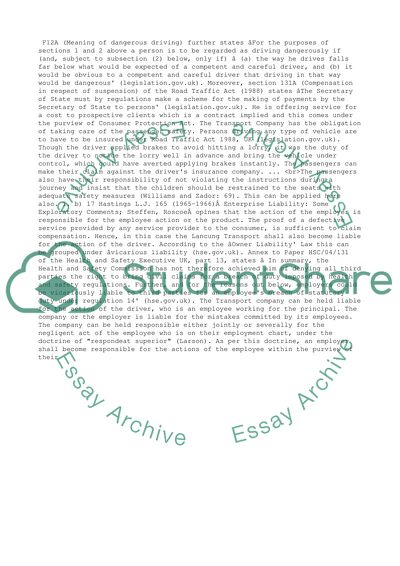Cite this document
(“Business Law Essay Example | Topics and Well Written Essays - 2750 words”, n.d.)
Business Law Essay Example | Topics and Well Written Essays - 2750 words. Retrieved from https://studentshare.org/business/1400225-business-law
Business Law Essay Example | Topics and Well Written Essays - 2750 words. Retrieved from https://studentshare.org/business/1400225-business-law
(Business Law Essay Example | Topics and Well Written Essays - 2750 Words)
Business Law Essay Example | Topics and Well Written Essays - 2750 Words. https://studentshare.org/business/1400225-business-law.
Business Law Essay Example | Topics and Well Written Essays - 2750 Words. https://studentshare.org/business/1400225-business-law.
“Business Law Essay Example | Topics and Well Written Essays - 2750 Words”, n.d. https://studentshare.org/business/1400225-business-law.


